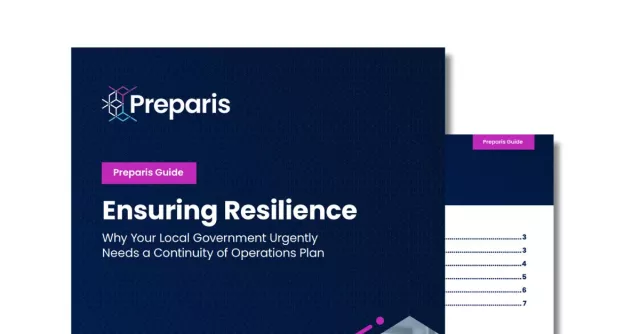The Psychological Stages of a Trauma

Suddenly, a loud explosion accompanied by bright flashes startles you. Without warning, you're shoved against the stairwell's edge. Looking up, you witness your colleague propelled forward by the blast and the frantic crowd. To you, the scene is playing out like a movie in slow motion; time seems to slow down as you reach out, attempting to catch her before she tumbles down the stairs. In reality, this situation played out in a matter of seconds.
Denial, Deliberation, and Decision
This situation resembles the opening sequence of an action movie you watched a month ago rather than a real-life event unfolding before you. What you're experiencing right now is a psychological phenomenon known as "denial." When confronted with a traumatic event, the human brain instinctively enters a phase of denial, shielding the individual from fully grasping the severity of the situation until they are emotionally prepared to acknowledge it. The sensation of time slowing down is a mechanism by which the brain safeguards the individual until they're ready to confront reality.
On May 22, 2017, a bomb detonated at the Ariana Grande concert in Manchester, UK. This tragic incident resulted in the deaths of 22 people and left over 1,000 individuals injured. Parents of concert attendees, whether they were present with their children during the event or had arrived to pick them up afterward and found themselves near the explosion, described the harrowing scene as a moment where their lives flashed before their eyes. Simultaneously, time seemed to slow down, making their escape from the situation feel like an eternity.
Once your brain allows you to accept the reality that a crisis is occurring, you will move into the next psychological phase known as “deliberation.” During this phase, individuals recognize the necessity to act or take some form of action to remove themselves from the crisis. However, they may hesitate to take the decisive step toward "decision," where they commit to taking whatever action is required to navigate the traumatic situation.
Survivors of the World Trade Center collapse on 9/11 have recounted the moments preceding their descent down the tower stairwells for evacuation. One survivor described walking around her office as if in a trance, picking up random objects, knowing something bad was happening and that she needed to evacuate, but was afraid to do so. It is well documented that because every individual’s brain reacts differently to traumatic situations, the time for every individual to move through the psychological stages of denial, deliberation, and decision is different. Some people can process trauma, and their situation very quickly and move right to a decision, while others need extra time to move through the process before they can get to the decision stage.
Education, Awareness, and Training
So how do these psychological stages translate to keeping our employees safe in the workplace? Creating crisis management teams in your organization is the first step. Team members who undergo training in understanding this psychology are better equipped and empowered to aid others in a crisis. They are also more likely to efficiently navigate themselves out of a traumatic situation when faced with a threat. Conducting tabletop exercises that can walk participants through a scenario as if the crisis is actually happening is critical. Focusing on drills to help crisis team members know when it is best to evacuate or shelter-in-place based on the existing threat ultimately creates a more resilient workforce. Repeated training with discussions of different types of potential workplace threats provides a “muscle memory” preparedness philosophy for crisis team members. Having a written preparedness plan in place that is routinely tested and understood by all employees is also critical.
Conclusion
As it turned out, someone set off firecrackers right in front of you that night in the concert hall. This led to you being pushed into the stairwell and your co-worker being propelled forward down the stairs amid the panic of the explosion. Interestingly, both of you were part of a crisis management team at work and had recently undergone training to explore the psychology of how the brain functions during traumatic experiences. Thanks to this training, you both swiftly progressed through the denial, deliberation, and decision phases. This enabled you to promptly rise and start assisting people down the stairs and out of the building as efficiently as possible in response to the threat.
We will likely all experience trauma at some point in our lives. Organizations that provide the training and education described above for their employees will be much better prepared and on a path to resiliency if a crisis materializes in a workplace setting.


